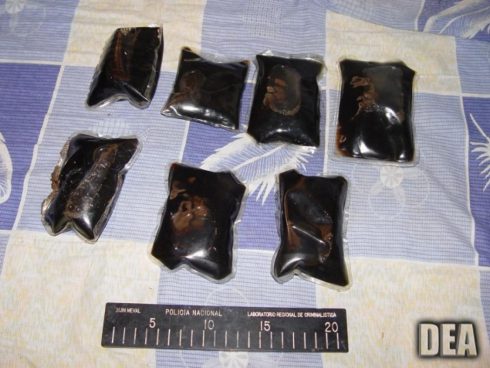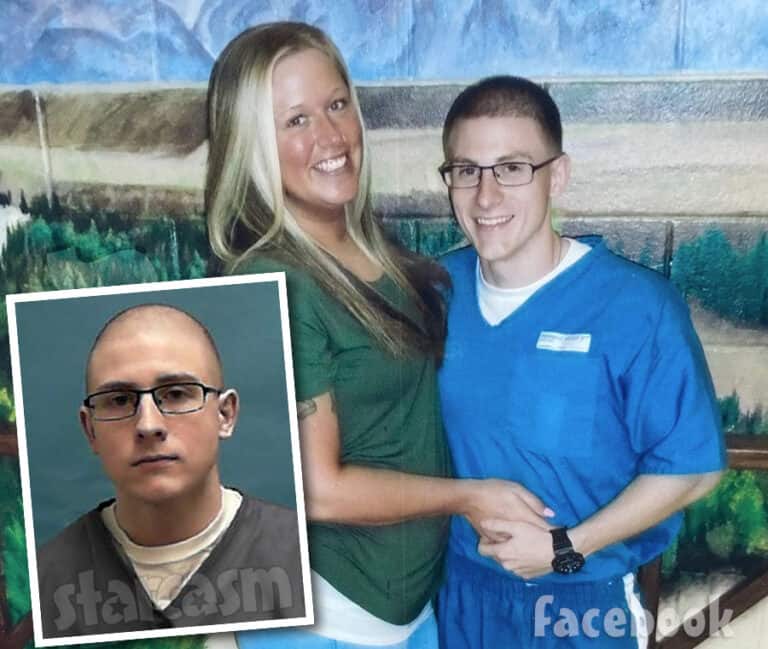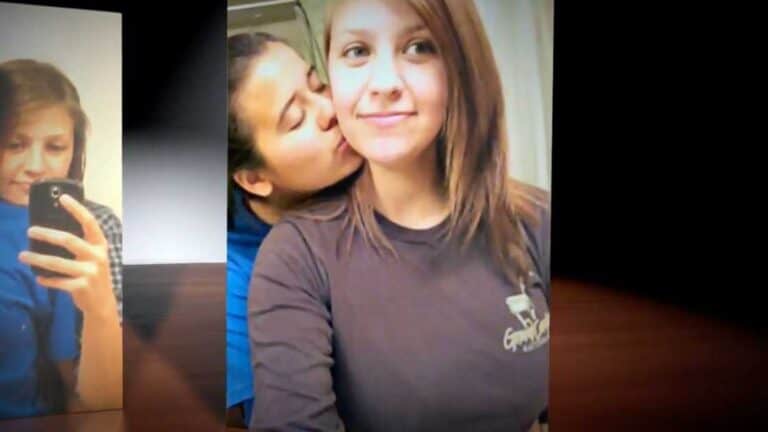HEARTBREAKING DRUG SMUGGLING PLOT: Veterinarian Andrés López Elorza surgically IMPLANTED liquid HEROIN into puppies

Drug mule puppies?!?!?
The Opiate Crisis looms large over the United States, but it’s really a worldwide, human problem. However, the following heartbreaking news story proves that humans aren’t the only victims of heroin (and other opiate/opioid) abuse. Veterinarian Andrés López Elorza was arrested in Spain in 2013 and 2015 for surgically implanting puppies with bags of liquid heroin in order to smuggle the drug into the United States, essentially turning the young dogs into drug mule puppies.

Who is Andrés López Elorza?
,
Andrés López Elorza was arrested on a U.S. warrant in 2015 following his release from an December 2013 arrest “while his extradition was being considered.” In between those two Spanish arrests, Elorza lived alone in an apartment. He reportedly has a wife and two children in Spain, though he did not contact them during this time.
In 2015, a A Civil Guard spokeswoman reported that during Elorza’s two-year stint in Spain, he worked as a vet for two different companies, and his employers were impressed with his performance. There is no evidence that Elorza participated in drug-smuggling activities while in Spain.
(There appear to be discrepancies about Elorza’s age. In 2013, The Telegraph reported that ELorza — who also goes by the name “Lopez Elorez” — was 44. However, the New York Post‘s article on Elorza’s extradition and appearance in a Brooklyn court this week claims that Elorza is 33 years old. Further adding to the confusion are Associated Press reports that Elorza is 38.)
Elorza has been a fugitive since 2005, when he was arrested in connection with a Colombian drug trafficking ring. He was born in Colombia, but has Venezuelan citizenship.
How did his day in court go?
On Monday, Elorza arrived on U.S. soil and by Tuesday he pleaded not guilty before a federal court in Brooklyn, NY.
“Over time, drug organizations’ unquenchable thirst for profit leads them to do unthinkable crimes like using innocent puppies for drug concealment,” James J. Hunt, head of the U.S. Drug Enforcement Administration’s New York office, said about the situation.
Authorities believe that before Elorza’s initial arrest in 2015, drug mule puppies were sent on commercial flights to NYC. Investigators further speculate that the puppies involved in this smuggling scheme would not have survived the flight: Once they reached their destination, the liquid heroin would have been cut out of them.
During the 2005 raid on Elorza’s Colombian clinic, police found a barbaric scenario: three puppies had bags inside of them containing a total of 6.6 pounds of heroin. Once the puppies’ scars healed, they were going to be shipped to the U.S.
“Dogs are man’s best friend, and, as the defendant is about to learn, we are drug dealers’ worst enemy,” said United States Attorney Richard Donoghue at the time.

What is liquid heroin?
Heroin is usually sold on the street in a powder form, but the liquid heroin mentioned in this case may well be black tar heroin — which is often found in a solid, sticky form that can be more easily liquified. DEA photos show that bagged heroin looks very dark, again indicating that heroin sewn into puppies was black tar. The dark color and consistency come during processing, which is very crude and leaves behind a number of impurities.
What became of the puppies?
It’s not known how many puppies were involved in this plot, but ten were found during the 2005 raid. Of those ten, one became a drug-sniffing dog for the Colombian police, two were adopted, three died from infection, and four ran away.
PHOTOS: DEA






